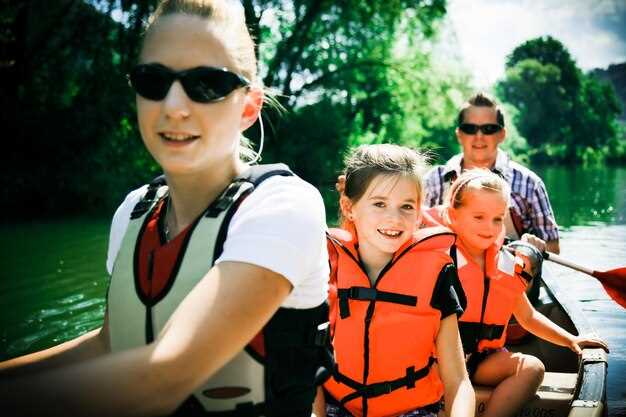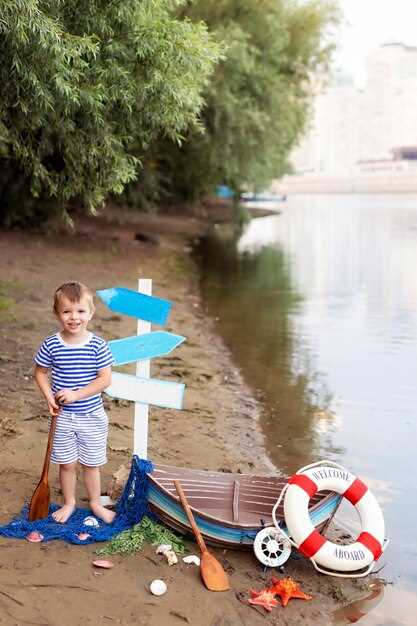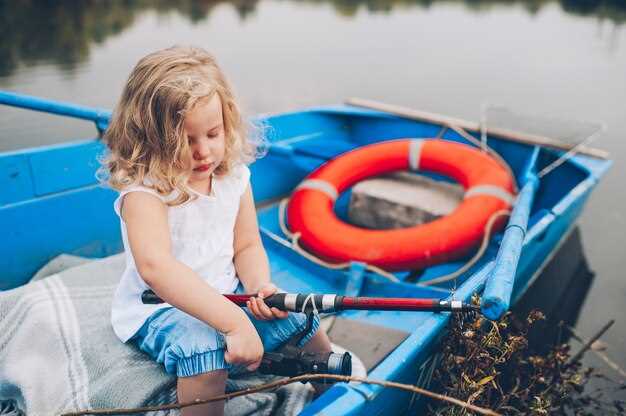
When it comes to boating, ensuring the safety of your child is paramount. The water can be both thrilling and treacherous, especially for young adventurers who are eager to explore. Understanding the basics of safe boating practices is crucial for parents and guardians who wish to create unforgettable experiences on the water while keeping their little ones protected.
Equipping your child with the right boating gear is one of the first steps toward ensuring their safety. This includes not only life jackets that fit properly but also sun protection and other essential safety equipment. By prioritizing the appropriate gear, you can significantly reduce the risks associated with boating and allow your child to enjoy the fun of being on the water.
In addition to proper equipment, it is essential to instill safe boating habits in your child. Teaching them about the importance of listening to instructions, staying seated while the boat is in motion, and being aware of their surroundings can foster a sense of responsibility. With the right knowledge and equipment, both parents and children can share memorable moments on the water with confidence and peace of mind.
Choosing the Right Life Jacket for Children

Ensuring the safety of your child while boating is paramount, and selecting the appropriate life jacket is a crucial step in this process. When choosing a life jacket for your child, consider their age, weight, and swimming ability. Life jackets come in various sizes and are designed to support different weight ranges, making it essential to find one that fits securely and comfortably.
Look for life jackets that are U.S. Coast Guard approved, as this ensures they meet safety standards. A well-fitted jacket should feel snug but not restrictive, allowing the child to move freely while still providing adequate flotation. It’s important to choose a jacket that features adjustable straps, as they can grow with your child and ensure a proper fit at all times.
There are different types of life jackets, including inherently buoyant, inflatable, and hybrid models. For children, inherently buoyant life jackets made from foam are typically recommended due to their reliability and ease of use. Be sure to select a jacket designed specifically for children, as adult jackets may not adequately support their smaller bodies.
Consider the activities planned during your family boating trip. If you anticipate engaging in more active water sports, opt for a life vest that allows for greater mobility without sacrificing safety. Visibility is also a key factor; bright colors and reflective strips can make your child easier to spot in the water, enhancing their safety.
Finally, involve your child in the selection process. Allowing them to pick a life jacket they like can help foster a positive attitude towards wearing it. Educate them about the importance of wearing their life jacket at all times while on the water, ensuring they understand that safety is a priority for the entire family.
Safety Rules Every Family Should Follow While Boating
When heading out on the water, it is crucial for families to establish and adhere to specific safety rules to ensure the wellbeing of every child on board. These guidelines not only enhance the enjoyment of the boating experience but also provide necessary precautions to prevent accidents.
1. Always Wear Life Jackets: Every member of the family, especially children, should wear a properly fitted life jacket at all times while boating. Make sure that the jackets are coast guard approved and suitable for the child’s size and weight.
2. Designate a Responsible Adult: Appoint a responsible adult to supervise the children. This person should be attentive and capable of handling any situation that may arise while on the water.
3. Create a Safety Plan: Every family should develop a safety plan that includes emergency procedures. Ensure that all members know what to do in case of a capsizing, person overboard, or other emergencies. Discuss this plan regularly so everyone feels confident.
4. Educate About Water Safety: Teach children about safe boating practices, such as staying seated, avoiding sudden movements, and keeping their hands and feet inside the boat. Knowledge is a powerful tool for preventing accidents.
5. Check Weather Conditions: Before embarking, always check the weather forecast and water conditions. Avoid boating in rough weather or during storms, as these conditions can be dangerous for families, particularly for young children.
6. Limit Speed: Keep speed to a minimum, especially in areas where there are swimmers or shallow waters. A slower speed gives families more time to react to unexpected situations, ensuring a safer experience for everyone.
7. Maintain Equipment: Regularly inspect all boating equipment to ensure it is in good working condition. This includes motors, batteries, and any safety devices on board. A well-maintained boat is essential for a safe outing.
By observing these essential safety rules, families can create a safer environment for children while enjoying the pleasures of boating. Remember, safety should always be the top priority on the water.
Must-Have Safety Gear for Kids on the Boat

When it comes to boating, ensuring the safety of your child is paramount. Having the right safety gear is essential for a secure and enjoyable experience on the water. Here are the must-have items to consider:
1. Life Jackets: A properly fitted, U.S. Coast Guard-approved life jacket is the most crucial piece of safety gear. It should be appropriate for your child’s weight and size, ensuring comfort and mobility while providing essential buoyancy.
2. Whistle: Teach your child to carry a whistle at all times while on the boat. The loud sound can attract attention in case of an emergency, making it easier for rescuers to locate them.
3. Sun Protection: Boating exposes children to increased sun exposure. Equip them with a wide-brimmed hat, sunglasses with UV protection, and a high-SPF waterproof sunscreen to safeguard their skin from harmful UV rays.
4. Non-Slip Footwear: To prevent slipping and falling on wet surfaces, provide your child with non-slip shoes or sandals specifically designed for water activities. This footwear should offer good grip and protection for their feet.
5. First Aid Kit: A well-stocked first aid kit is essential for any boating trip. It should include band-aids, antiseptic wipes, insect repellent, and any necessary medications your child may require.
6. Safety Flares: Even if your child is not the primary navigator, it’s important to educate them about emergency signaling. Carry safety flares or a signaling device to communicate distress if needed.
When boating with your child, always ensure that they understand the importance of safety gear. This knowledge not only enhances their experience but also prepares them for unexpected situations on the water.



